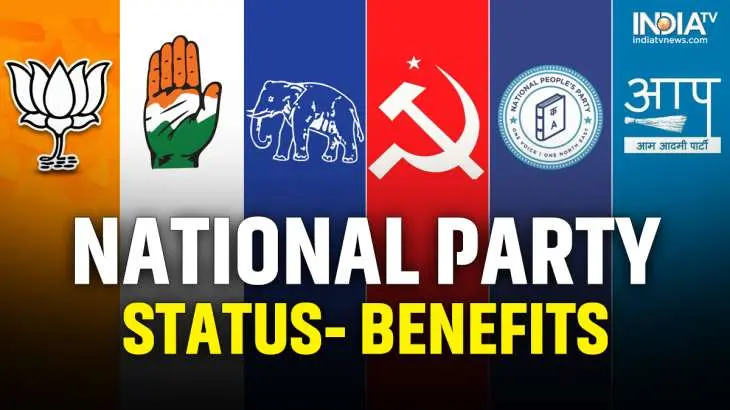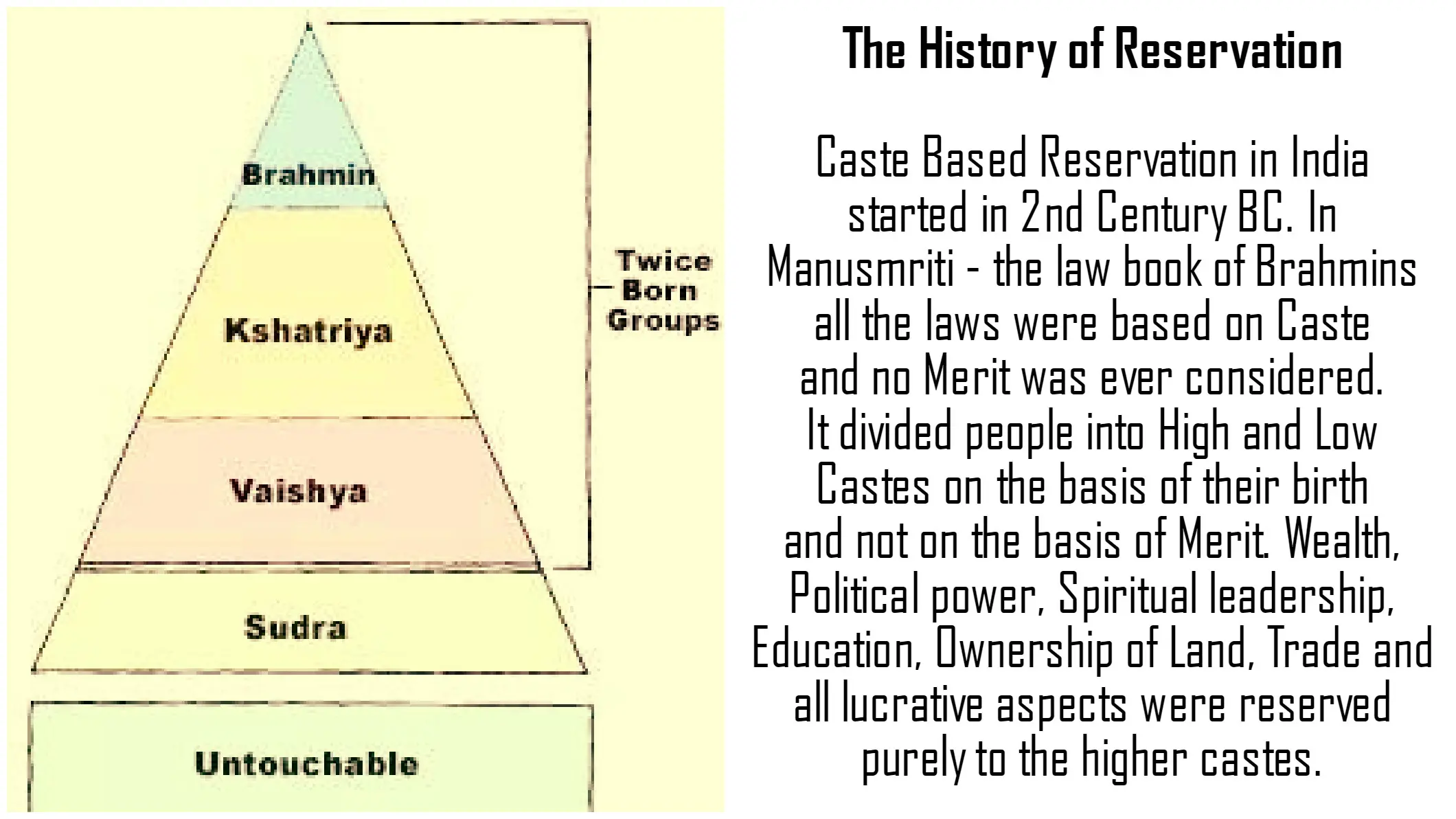UN population report: Key takeaways for India and the world
security challenges in border areas part 1
Borders are the lines which separate the territories of two or more sovereign nations. They are the physical manifestations of a nation’s sovereignty, unity and integrity. There are three types of borders recognised internationally :Land bordersMaritime boundariesAirspaceBorder management is a paramount aspect of internal security as perforated borders are the direct entry and safe escape points of terrorists, and of any illegal activities like smuggling, trafficking, black marketing etc. Thus, to enhance internal security, an effective border management is required.India’s Land BordersIndia’s land borders exceed 15,000 km and it shares these with seven countries :Bangladesh - 4,096 kmChina - 3,488 kmPakistan - 3,323 kmNepal - 1,751 kmMyanmar -1,643kmBhutan -699 kmAfghanistan -106 km Indo-Pakistan BorderThe Indo-Pak border is divided into three parts:Radcliffe Line (2308 km) from Gujarat to parts of Jammu district in Jammu and KashmirLine of Control (LOC) (776 km) runs along the district of Jammu and some portion of LehActual Ground Position Line (AGPL) (110 km) from NJ 9842 to Indira Col in the North (The Actual Ground Position Line (AGPL) divides current positions of Indian and Pakistani military posts and troops in the disputed region of Siachen Glacier.) The POK issuePakistan Occupied Kashmir (PoK) is that part of the Jammu and Kashmir (India) which was invaded and occupied by Pakistan in 1947. The region is referred by the United Nations as 'Pakistani-controlled Kashmir' or ‘Pakistan Administered Kashmir’.PoK is divided into two parts:Azad Kashmir Gilgit-Baltistan Instrument of AccessionDuring partition, Jammu and Kashmir, a princely state, was given the option to join either India or Pakistan. However, the then ruler, Maharaja Hari Singh, decided to keep it as an independent state.However, Pakistan launched ‘Operation Gulmarg’ by mobilising around 2000 armed tribals from the North Western Frontier Province ( NWFP) on 22nd October 1947, who entered Jammu and Kashmir through Muzaffarabad. The invaders captured Uri and Baramulla with minimal resistance from the Maharaja’s forces. Thus, on 24th October, Maharaja Hari Singh appealed to India for military assistance to stop the aggression.The Defence Committee of India sent V.P. Menon, secretary of the Ministry of the States, to Srinagar to analyse the situation. He returned to Delhi and suggested sending troops to Kashmir immediately to fight the raiders. However, he was sent to Jammu again to convince Maharaja to become a part of India in order to receive assistance in the ongoing skirmishes from Pakistani tribals. The Maharaja signed the Instrument of Accession on 26th October, 1947.The Instrument of Accession guaranteed limited access to India in Jammu and Kashmir on matters of defence, communications and foreign affairs. The Indian Army was finally airlifted to Srinagar to counter the tribal invasion. By May 1948, the Indian Army was making gains towards the Poonch-West Punjab border. Midst this, on 1st January 1948, Indian Prime Minister Jawaharlal Nehru formally took the Jammu and Kashmir issue to the United Nations Security Council. On 13th August 1948, the United Nations Commission for India and Pakistan passed a resolution providing for a ceasefire, the withdrawal of Pakistani troops and tribal militia, followed by the withdrawal of the Indian forces, and a plebiscite.Nevertheless, following the ceasefire, neither side pulled back their armies, and the plebiscite never happened.Formation of the LOC- The Simla Accord, 1972The 1971 Indo-Pak war following Pakistan’s campaign of genocide against the Bengali population in East Pakistan led to India’s victory and the liberation of Bangladesh. On July 2, 1972, the Simla Agreement, also known as the Simla Accord, was signed between Indian Prime Minister Indira Gandhi and Pakistani president Zulfiqar Ali Bhutto at Shimla in Himachal Pradesh.The agreement was intended to end the hostilities between the countries and lay down a comprehensive plan for peaceful relations, as a part of which, both countries made commitments to peaceful co-existence, respect for each other’s territorial integrity and sovereignty and non-interference in each other’s internal affairs. In order to initiate the process of the establishment of durable peace, both the Governments agreed that:Indian and Pakistani forces shall be withdrawn to their side of the international border.In Jammu and Kashmir, the line of control (LOC) resulting from the cease-fire of December 17, 1971 shall be respected by both sides.Neither side shall seek to alter it unilaterally, irrespective of mutual differences and legal interpretations.The aforesaid withdrawals were to commence upon entry into force of this Agreement and to be completed within a period of 30 days thereof.Even after all the commitments made in Simla Agreement, Pakistan has violated the spirit of the pact by launching proxy wars in Kashmir, and training and arming the youth to wage a war against the India. The agreement has not prevented the relationship between the two countries from deteriorating to the brink of armed conflict, the recent major instance being the Kargil War of 1999. After the 1984 violation of the Simla Agreement by Pakistan, India seized the inhospitable Siachen Glacier region where the frontier had not been defined in the agreement (Operation Meghdoot). The most recent border attacks by Pakistan in Uri (2016) and Pulwama (2019) resulted in huge casualties and were deplored globally. Strategic Importance of PoKThe PoK region bears lower Himalayan hills which are much difficult to pass through from the east (Indian side) and provides easy access from the west. This helps Pakistani militants and terrorists to intrude and enter into Indian land.POK shares a small boundary with Afghanistan which would facilitate India to connect with Afghanistan directly via road. This will also serve as a gateway to the central Asian countries.Close geographical relations will help India in balancing China’s growing influence in the region.POK is the only piece of land that connects China and Pakistan, the CPEC passes through this region making the nexus of the duo against India a grave security concern.Indo-China BorderThe Indo-China border consists of three parts:The LAC in the northThe central undisputed sectionThe McMohan Line in the eastIt traverses through 5 states namely- Jammu and Kashmir, Himachal Pradesh, Uttarakhand, Sikkim and Arunachal Pradesh. Origin of the dispute(1) In the North- LehThe Treaty of Amritsar signed in 1846 between the British East India Company and Raja Gulab Singh of Jammu after the First Anglo-Sikh War established the princely state of Jammu and Kashmir under the suzerainty of the British Indian Empire. Following the treaty, Jammu and Kashmir (including Ladakh) were transferred to Gulab Singh. Aksai Chin region was also put into the newly formed state by William Johnson, who surveyed the region in 1897. Thus, the boundary line so created came to be known as the Johnson line. In around 1899, when the Britishers revised their proposed borders with China in the region, the Aksai Chin region was put on the Chinese side. The new boundary line came to be known as the McCartney-Macdonald line. After the British exit, while India claimed the Johnson line to be the border with China in the region, the latter claimed the McCartney-Macdonald line as the border.The border dispute surfaced in 1958, when Nehru protested against the Aksai Chin Road which ran through the Aksai Chin region claimed by India, and also against the Chinese maps. However, Chinese Premier Zhou Enlai, denied the presence of any formalised border between China and India. Over the next few years, the territorial disagreements between the two countries deepened, eventually resulting into the 1962 war, wherein India lost some of its territories and China firmed its control over Aksai Chin. This resulted in a new demarcation known as the line of actual control or LAC.However, India rejects the Chinese version of the LAC, describing it as a series of random and unconnected points without precise scales on the map. India claims that the LAC should be based on military positions before the 1962 war, that is,the status quo ante 1962. On the contrary, China insists that the LAC should be the status quo attained after the war. Owing to such disagreements between the two countries, the LAC remains undemarcated, even after many attempts to resolve the dispute. (2) In the East- towards Arunachal PradeshTibet was a semi-independent protectorate under indirect rule by the Qing Dynasty of China. After the fall of the dynasty, the Tibet government at Lhasa expelled all Chinese forces and declared itself independent in 1913. However, this was not accepted by the newly founded Republic of China. The Britishers tried to settle the borders in the 1914 Simla Convention. The Simla Convention or the Simla Accord was a Convention Between Great Britain, China, and Tibet. The foreign secretary of British India, Henry McMahon was the chief British negotiator of the conference. However, when China refused to sign it, the British and Tibetan representatives signed a bilateral convention.The convention defined the boundary between Tibet and China proper and that between Tibet and British India, with the latter coming to be known as the McMahon Line. This line is regarded as official borders by India, but not China. China claims many areas south of this line as part of its territory. It rejects the Simla Accord and the McMahon Line, asserting that Tibet was not a sovereign state and therefore did not have the power to conclude treaties. The conflict on this side became prominent after China occupied Tibet in 1950 and started sharing border with India on the eastern side as well. While India recognised the McMohan line based on Shimla Convention, China states that no formal treaty or agreement has ever been signed between the Indian and Chinese governments. Therefore, China claims the Indian state of Arunachal Pradesh.This claim of land by China beyond the Actual Line of Control is the bone of contention between both nations. China has made large encroachments in this area and a majority of them during the 1962 war. What obstructs Border ManagementThe geography of disputed areas- the rugged, featureless terrain and extreme weather conditions make precise determination of borders challenging. Due to the same reason, implementation of border agreements is not proper.There is a lack of coincidence in the level of urgency for the settlement of the border dispute. The disputed border does not pose a security threat to China, and therefore it is willing to wait until tables turn in its favour. In contrast, the border dispute is a source of instability for India as China backed infiltrators and the PLA make attempts to breaking India’s territorial sovereignty every now and then. Also, the infrastructure development by China in disputed is a major concern for India.A unilateral war launched by China in 1962 and encroachment activities thereafter have led to mutual distrust. The China Pakistan Economic Corridor (CPEC) aimed at constructing and upgrading the transportation networks, energy projects, the deep-water port at Gwadar, and Special Economic Zones (SEZs) links Gwadar (in South Western Pakistan) to Kashgar in Xinjiang province (China’s northwestern region) through a vast network of highways and railways. This CPEC passes through the disputed region of Gilgit Baltistan. This has aggravated the distrust in India towards China. As evidenced by the recent Galwan Valley clashes of 2020 where more than 20 Indian soldiers were martyred, managing the border dispute is both a political and an economic exigency for India and China because any major confrontation between the two countries will hurt the long-term prospects for development of both, and will have serious aftermaths on Asian stability and prosperity. Strategic Importance of Galwan ValleyIndia is engaged in building an all weather 255 km Darbuk-Shyok- Daulat Beg Oldie (DS-DBO) road. The road connects Shyok to DBO and runs almost parallel to the LAC extending up to the base of the Karakoram pass. Daulat Beg Oldi (DBO) is a traditional campsite and current military base located in the midst of the Karakoram Range in northern Ladakh, India. Thus, the road gives an easier access to India to the Karakoram pass. The Karakoram pass falls on the boundary between India's union territory of Ladakh and China's Xinjiang autonomous region. Also the Siachen Glacier area lies immediately to the southwest of the pass. Thus, a strategic hold over this region is imperative for India.The road will reduce the travel time from Leh to DBO from the present two days to just six hours. The Galwan valley lies on this shorter path. Control of the ridge-line along the valley allows domination of the road. Also, the Galwan valley gives access to the Aksai Chin plateau, through which part of the Xinjiang-Tibet highway passes.















